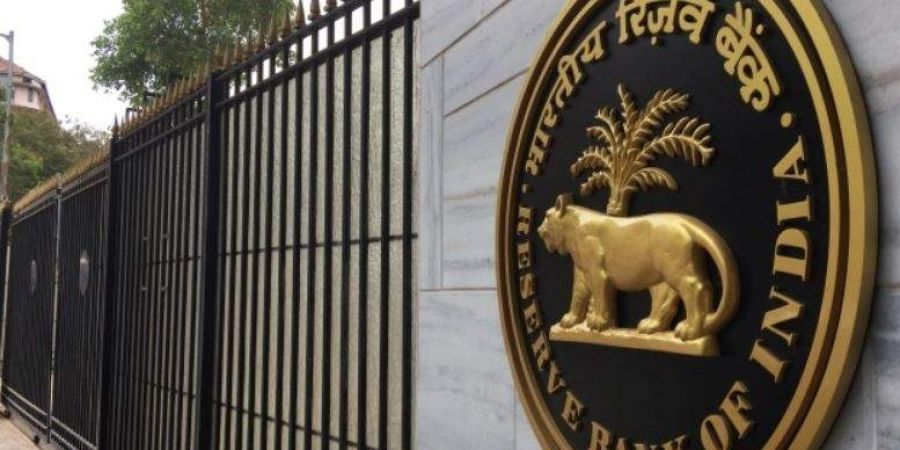The Reserve Bank of India (RBI) on Wednesday announced that it would maintain the status quo and the interest rates will remain unchanged. The repo rate currently stands, unchanged, at 4%, and the reverse repo rate stands unchanged at 3.35%.
Repo and reverse repo rate are tools of the central bank of India’s monetary policy to help regulate the supply of money in the economy.
Repo rate is the interest rate at which the Reserve Bank of India lends money to commercial banks when they have a scarcity of funds. It is one of the tools of the central bank to regulate the flow of money in the economy.
A lower repo rate reduces banks’ borrowing costs, allowing them to cut interest rates for home, auto and corporate loan borrowers. Following the lockdown in March, the RBI slashed the repo rate by 75 points to encourage commercial banks to borrow more money, thus, increasing the flow of money in the economy.
The reverse repo rate on the other hand, is the rate at which India’s central bank, the Reserve Bank of India, borrows from banks to take or release cash from and into the system.It is a tool the The Reserve Bank of India (RBI) uses when it feels there is too much money floating in the banking system.
Higher reverse repo rate means that the banks will get a higher rate of interest from RBI while a lower reverse repo implies that banks would be encouraged to lend to other borrowers to earn more rather than park its funds with the RBI.







